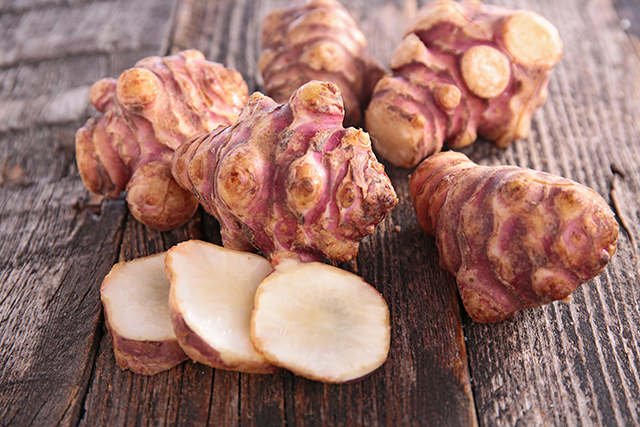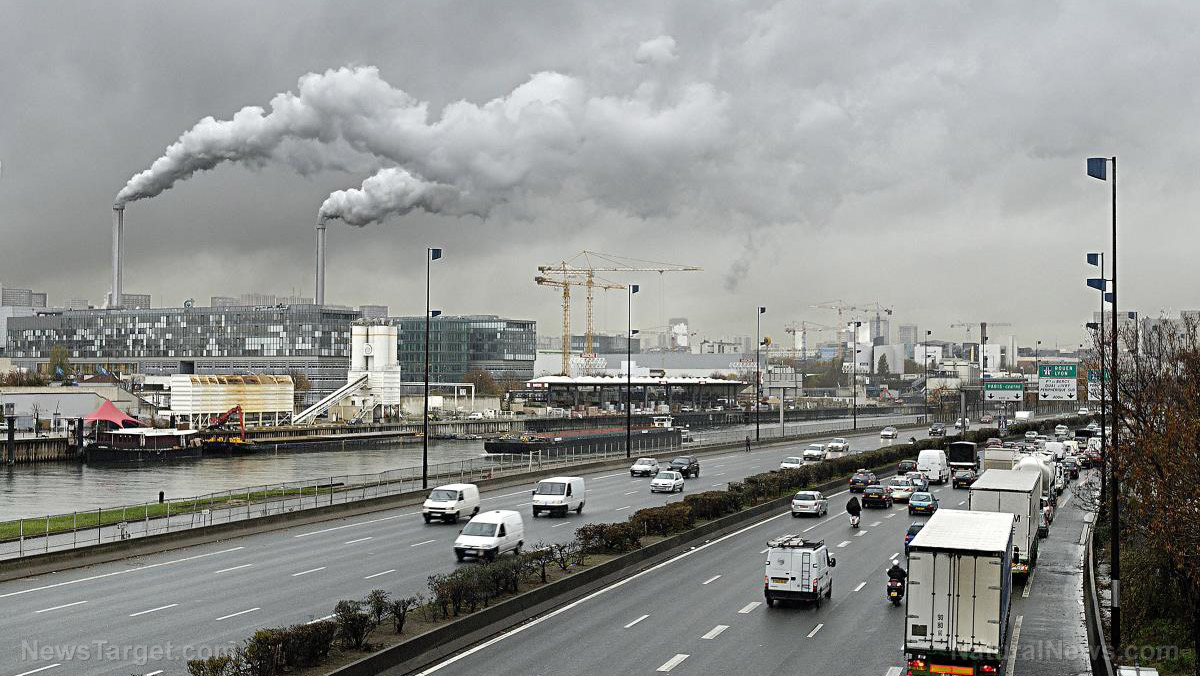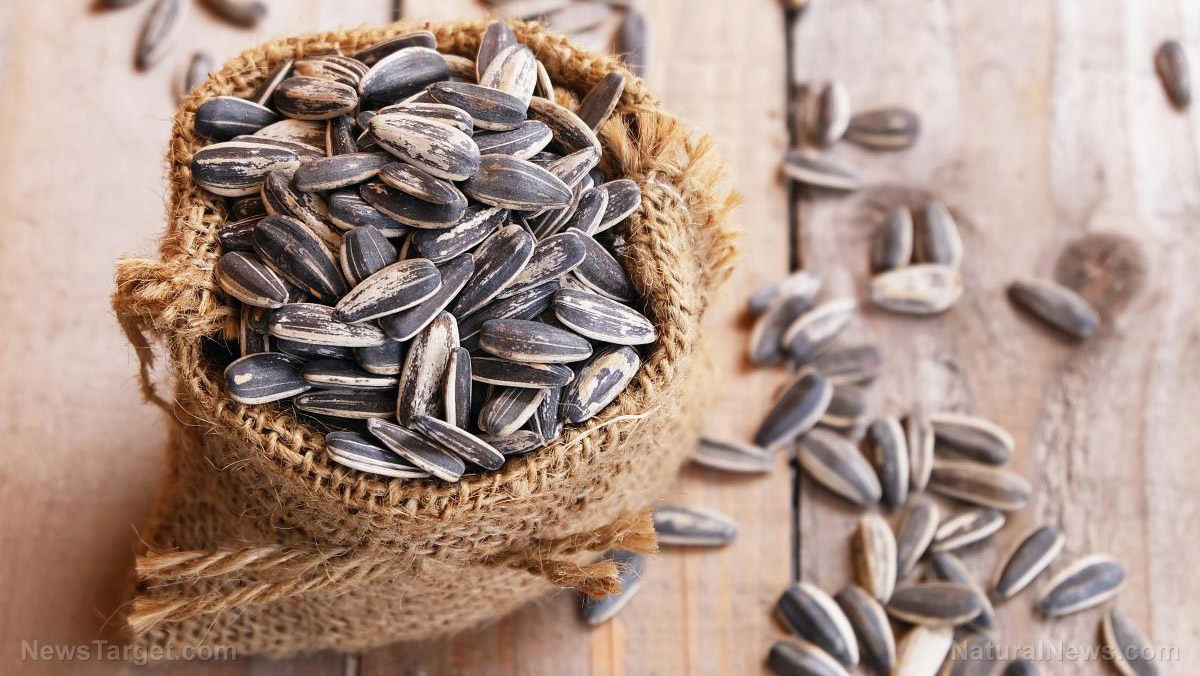Microplastic pollution is changing ocean ecosystems
06/05/2018 / By Janine Acero

Pollution and other kinds of environmental damage cause stress to various organisms, both on land and in water. Many studies often focus their investigation on species that are negatively impacted. However, studying organisms that are seemingly immune to pollutants is equally important to better understand how these ecosystems respond to human-induced stress.
One study, published in the journal Environmental Pollution, focused on an invasive species to test if they are immune to a relatively new kind of pollutant – microplastics, which are plastic pieces less than five millimeters in size, responsible for over 90 percent of floating plastic in the ocean.
Microplastics have been detected in all levels of the marine environment around the world. Marine species ingest these microplastics, causing severe health implications. Moreover, microplastics can accumulate toxic substances on their surface, which adds to the growing environmental pollution.
A research team at the Chan Lab of the Division of Life Science at the Hong Kong University of Science and Technology (HKUST) analyzed Crepidula onyx (C. onyx), or the North American native slipper limpet, as a model species for analysis on their response to human-induced exposure to microplastics. The scientists subjected the specimens to a two-stage experiment wherein they exposed larval and juvenile C. onyx to algae-sized micro-polystyrene (micro-PS) beads at different levels of concentration. The team reported that the growth and development of the invasive mollusks were unaffected even when exposed to microplastics at certain concentrations. This suggests the possibility that this species may threaten native organisms that may be less resilient to the microplastics, and disrupt the balance of the ecosystems.
“Microplastics exposure could be detrimental to marine organisms especially under high concentrations,” said study co-author Abby Lo Hau Kwan, Ph.D. student at the HKUST.
The results of the experiments showed that larval and juvenile C. onyx were not affected by the micro-PS at environmentally relevant concentration. Meanwhile, at higher concentrations, the micro-PS-fed larvae consumed a similar amount of algae compared to those in the control group, but grew relatively slower. This suggests that ingestion and/or removal of microplastic was/were “energetically costly.”
“The larvae also settled earlier at a smaller size compared to the control, which could negatively affect post-settlement success,” said Karen Chan, lead author and researcher of the Chan Lab and Assistant Professor at the Division of Life Science, HKUST.
Meanwhile, juvenile C. onyx specimens were found to have slower growth rates. “Interestingly, individuals only exposed to micro-PS during their larval stage but not after settlement continued to have slower growth rates than others. This legacy effect would warrant further investigation and work,” Chan remarked.
Chan added that the resilience of C. onyx to microplastics at environmentally relevant concentration is an indication that they may rise above other species in the pecking order of pollution-tolerant species.
“This may explain why C. onyx is so common in the sea waters in Hong Kong, despite its foreign origin. Further work on their coping mechanisms may help us understand how organisms will function in a changing world,” Chan said.
Another study also used C. onyx larvae as model species to determine the direct and indirect effects of ocean acidification, or the decrease in pH levels of the ocean, to marine organisms, especially on planktonic larvae and their main food source, algae. The study indicated that ocean acidification affects the shell length, growth rate, and shell structure of the larvae, as well as the nutritional value of algae. However, the findings revealed that the reduction in food quality and pH levels did not affect the mortality and respiration rate of C. onyx larvae, further hinting at the species’ resilience and adaptation capabilities to environmental changes.
- Visit Environ.news for more stories on how environmental pollution impact marine species.
Sources include:
Tagged Under: Crepidula onyx, environmental damage, environmental harm, environmental impact, environmental protection, marine ecology, marine ecosystems, marine species, microplastics, ocean plastics, ocean pollutants, onyx slipper snail, slipper limpet




















